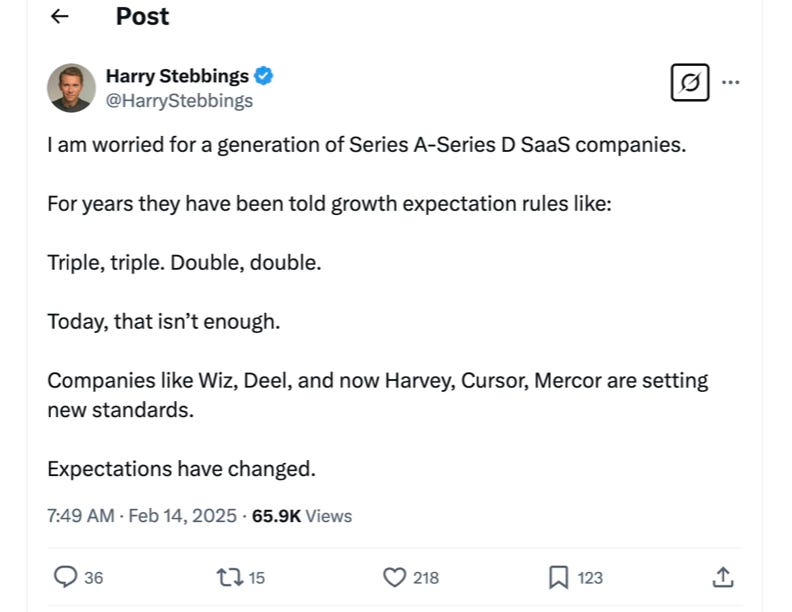I’m not usually a fan of business books, but when one of the best CEOs I’ve ever encountered—Oguzhan Atay, co-founder of BillionToOne (B2O)—strongly recommends one, I take notice. If you haven’t heard of Atay yet, you will soon; B2O is a juggernaut that achieved over $150m in revenue last year. As a long-time investor, I have had the good fortune of witnessing their relentless execution since founding. Recently, however, I learned that a significant inspiration for their strategy the comes from Jim Collins’ Great by Choice.
The book’s most impactful concept for B2O is the "20-mile march," drawn from Collins’ analysis of the 1911 race to the South Pole. Two teams competed with starkly different approaches and outcomes. Roald Amundsen’s team committed to covering 20 miles daily, no matter the conditions. In favorable weather, they held back from overexertion; in harsh storms, they pushed through with unwavering discipline. This steady approach led them to the Pole 34 days ahead of their rivals.
The lesson? Consistent progress trumps bursty leaps forward when pursuing long-term success. In Great by Choice, Collins looks at top-performing companies over history. He finds that greatest successes aren’t defined by single-year spikes but by steady, compounded growth over time. This demands relentless execution—a principle B2O embodies beautifully. Since its inception, the company has made consistent quarterly strides toward its ambitious goal of becoming the first diagnostics firm in the S&P 500. B2O lives the 20-mile march.
Yet, in today’s AI startup landscape, the explosive growth of top players is challenging long-held beliefs about sustainable growth rates. Take the “T2D3” model—reaching $1 million in ARR, then tripling twice and doubling three times. Once a gold standard, some VCs now think it’s inadequate. Take VC and podcaster Harry Stebbings, who has suggested that T2D3 no longer cuts it in the current race.
I’m skeptical that Stebbings’ perspective will age well.
Call me old-fashioned, but I see extreme hyper-growth as often incompatible with consistency—the cornerstone of building truly iconic companies and achieving extraordinary goals. Right now, the AI market enjoys exceptionally favorable conditions. The sky is blue and the sun is shining with no clouds in sight. But storms are inevitable. I worry that AI startups chasing vertical growth trajectories will find themselves vulnerable when the climate shifts.
In the long run, I think the greatest advantage will go to those pursuing their 20 mile march. Hyper-growth and rapid VC markups might look irresistible under today’s sunny skies, but markets are fickle. When the tide turns—as it always does—those who’ve furiously chased short-term growth will likely find their footing shaky. On the other hand, I’d bet that the relentless marchers will continue their steady advance.







Hey Sandy - congrats on yet another amazing investment. We should do more investments together with Long Journey!
Regarding the second part of your post, I have written something a bit similar to Stebbings here:
https://www.linkedin.com/posts/pascallevygarboua_the-vc-industrys-1-rule-has-changed-for-activity-7305233549199065088-TBW1
My point is that the T2D3 model never actually worked practically: great software businesses typically compound so much that through a combination of unique demand spikes and negative net churn, growth accelerates much faster at some point -and you see companies get from $1 to $5m then $15m then $40m or something.
I don't think the market can fund T2D3 in a fashion that is not too dilutive for founders or investors alike.
Love the perspective Sandy. Thanks